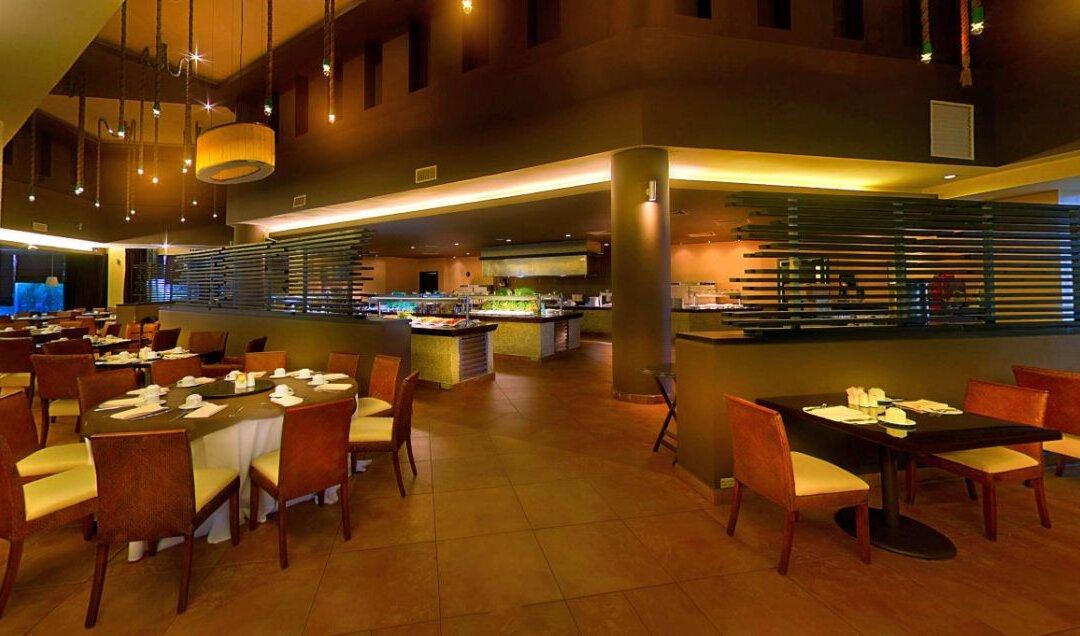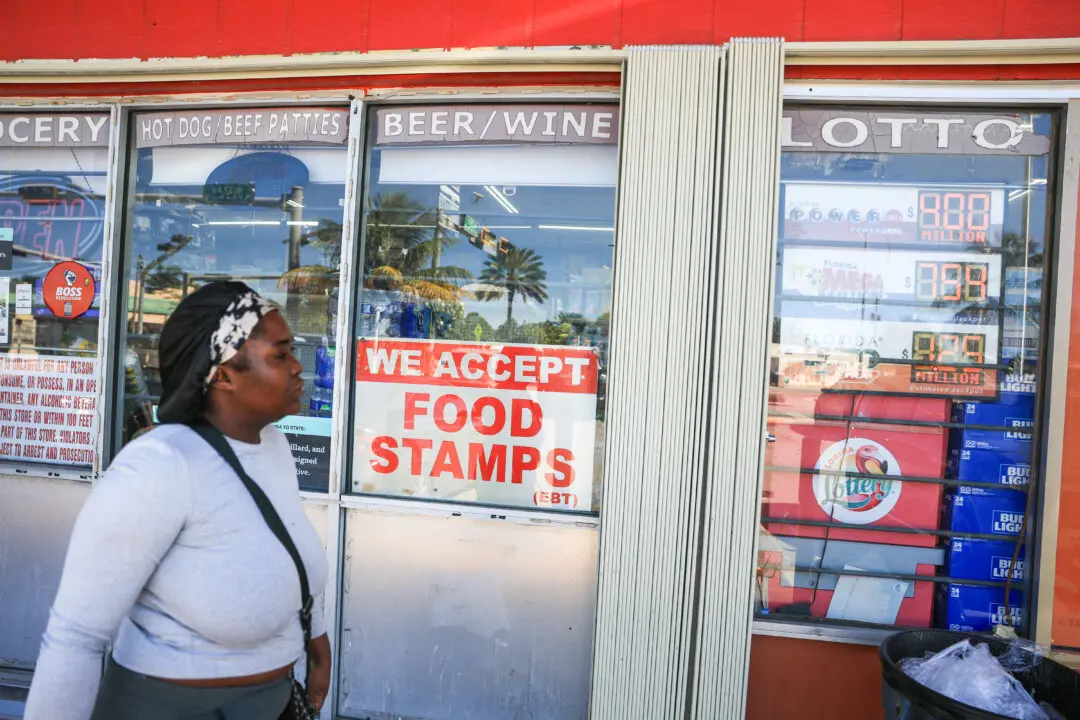At least 12 Americans have died in the Dominican Republic over the past year in suspicious circumstances, prompting international focus on the country as investigators try to find any links between the deaths as well as the causes.
Autopsies for some of the victims have indicated heart attacks and pulmonary edema, or fluid build-up in the lungs. Several victims have been found dead in their hotel rooms while others were with a loved one when they imbibed from the minibar in their rooms before collapsing.





